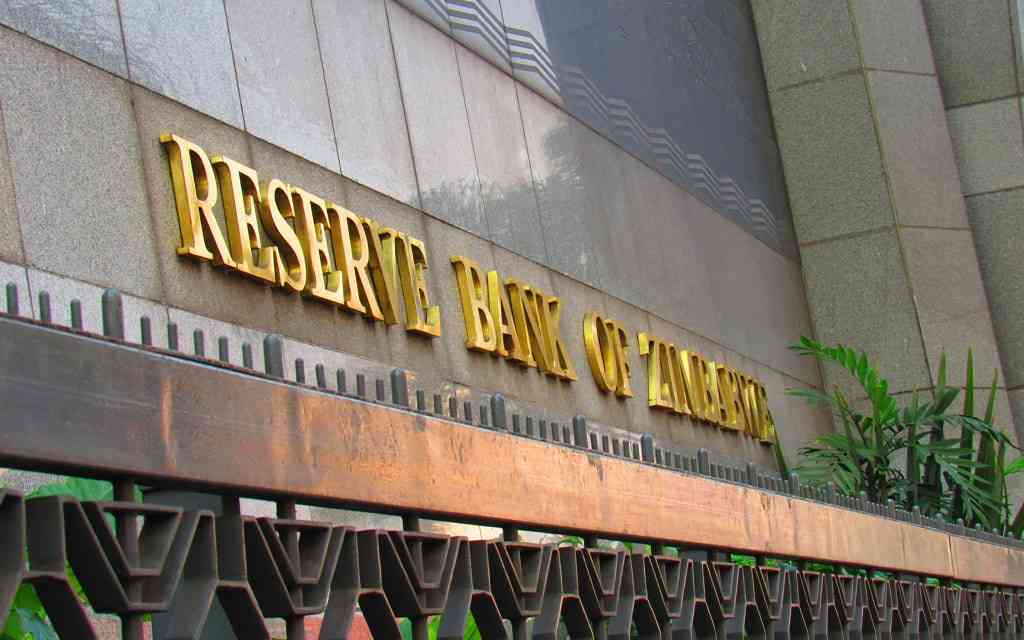
Just as they distribute commodities and knowledge to all classes of people and income levels, informal markets in developing countries continue to play a central role in redistributing wealth. African economies have traditionally been characterised and driven by community knowledge sharing and individual innovation.
By CHARLES DHEWA
While individual innovation was privatised, local ideas were shared through the community in ways that fostered wealth distribution through shared skills, knowledge and natural resources. Common pool resource sharing was also a powerful means of rationalising and distributing resources like land, water, pastures and different forms of capital at the time.
Taking all these dynamics into account, it can be argued that traditional economies had a more even wealth distribution pattern. Unlike the current scenario where Africa economies are dominated by a few millionaires, the gap between the rich and poor was not as wide as it is at the moment.
Demerits of employer — employee relationships
The traditional economy had an effective system of passing on knowledge from one generation to the next and this ensured community cohesion. Conversely, the advent of the formal economy brought new ideas and technologies which became confined in formal enterprises.
An employer-employee relationship was created where employees were just supposed to have knowledge limited to their tasks in the production chain. Such surface knowledge would only sustain their families since it ensured they stayed employed, earning an income.
The work environment was structured in such a way that employees became conversant with surface knowledge and had no access to deep, back end knowledge. For instance, an employee would master how to operate a processing machine or drive a tractor but not know enough to make his/her own machinery or improve on what has been invented so that it meets the context.
- Chamisa under fire over US$120K donation
- Mavhunga puts DeMbare into Chibuku quarterfinals
- Pension funds bet on Cabora Bassa oilfields
- Councils defy govt fire tender directive
Keep Reading
This scenario led to pockets of privatised knowledge within a few private companies or individuals. Also created was a knowledge hierarchy and skewed ownership structure where those who own innovations and capital ended up owning most of the resources available for exploitation. For instance, adding value to timber, minerals and agricultural commodities was based on skills and knowledge confined to the owners of capital. Employees just contributed labour and knowledge but could not use that knowledge to create their own enterprises.
An employee’s contribution was owned by the company while knowledge from the company was private property that could not be used elsewhere. While innovation by individual employees focused on improving the quality of products and services, the employer-employee relationship created a wider gap in wealth distribution with much of the wealth being accumulated by employers.
Lower barriers to entry and new levels of innovation
The current informal, networked economy has less restrictions and barriers to knowledge sharing compared to the formal economy where recipes and formulas were protected for exclusive exploitation.
There are now more direct relationships between manufacturers and consumers with consumers contributing to the quality of products through continuous feedback. In fact, consumers are becoming co-creators of processed products. These dynamics are improving products and services and increasing incomes for small-to-medium enterprises.
However, there are still cases where privatised knowledge continues to be used in producing some products in ways that limit innovation. For example, you cannot improve someone else’s seed or equipment. Most SMEs, who were previously formally employed, are now using their previous knowledge to produce goods and services that were the preserve of their former employers.
The context has changed from legislation and copyright laws which used to protect the interests of the few through prohibitive policies. In the informal networked economy, an open competitive environment prevails in favour of those innovative enough to convert challenges into opportunities.
This is translating to increased products, diversity, resource utilisation and wealth creation. For instance, in Zimbabwe the formal economy had mining claims where one would keep a piece of mineral land for exclusive use even if he/she was not willing to exploit it immediately for the benefit of the entire economy.
One could also keep 5 000 hectares of land lying fallow for years, merely because he/she had exclusive rights. This practice of locking resources to one individual is being challenged by the new network economy, giving way to effective rationalisation of resources to ensure more players participate. Since Information and communication technology (ICT) have revolutionised the economy, nothing can stop people from sharing knowledge within their communities and with the global world.
Local people living abroad can easily invest back home while communities can globalise their entrepreneurial mindsets in ways that earn them income while in remote villages.
On the other hand, local institutions have to re-invent themselves and revisit their traditional business models. For instance, banking will no longer be what it was a few decades, thanks to the ICTs-driven mobile money phenomena. The same applies to markets. We used to have formal markets confined to particular producers, tied to strong niches between producers and the market. That is now becoming a public secret.
A smallholder farmer, who can meet the requirements of hotels, supermarkets and processors, can easily enter that market and upset traditional balance of economic power. Models like contract farming were used as barriers to entry, with the effect of interfering with a competitive environment.
Most actors who lobby for the introduction of barriers are afraid of competition. Wealth distribution starts in the market as it moves money to farmers and commodities to where they are needed.
This is where ICTs are becoming a critical tool kit for distributing wealth.
charles@knowledgetransafrica.com / charles@emkambo.co.zw / info@knowledgetransafrica.com Website: www.emkambo.co.zw / www.knowledgetransafrica.com eMkambo Call Centre: 0771 859000-5/ 0716 331140-5 / 0739 866 343-6











